Tom Wesselmann at Alan Cristea Gallery
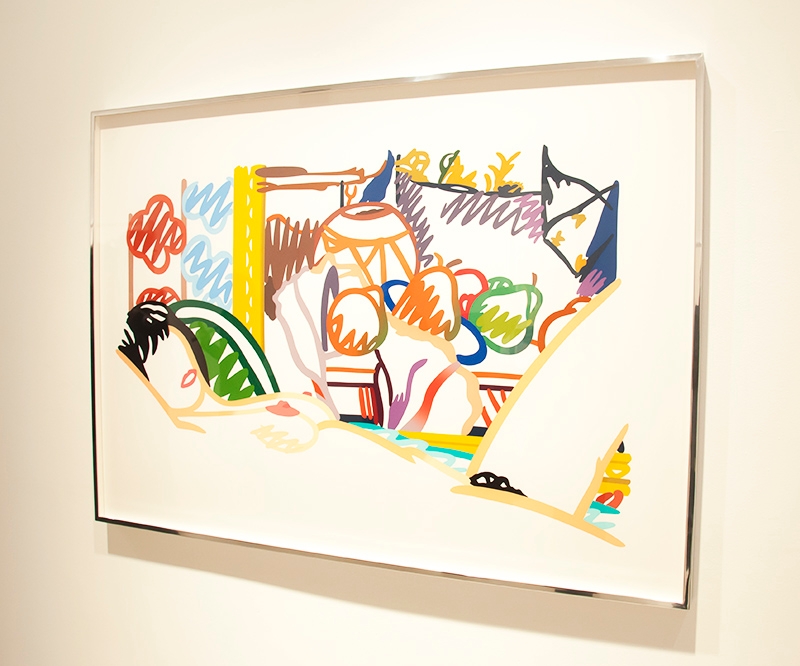
It’s a pity that this show, which describes Wesselmann as of the generation of Warhol, Rauschenberg et al., should include no work predating 1969: by this point Pop was an established movement. However, there is little of Wesselmann’s work at Alan Cristea that bears the distinctive Pop stamp.
Plastic takes thousands of years to decompose, so it is no surprise that Pop is yet to look old-fashioned, but the impression one gets from such a chronological selection is that Wesselmann’s Pop might have been a little late. True, the Great American Nude series was begun in 1961, but this is merely American art playing Matisse, much as the previous generation had played Picasso.
Certain elements of pop narrative are there: the reaction to abstract expressionism, for instance, but Wesselmann’s subject matter is curiously quaint. The show points to his homage to Matisse (among others), but one thinks, perhaps redundantly, of Ingres. Feminism makes a great deal of the implied commodification of nude body and art object, but one suspects the performance of such theory is facetious when it is not didactic, and that Wessleman’s “pop” is a hasty veneer on something very dated.
Consider Monica Sitting with Mondrian (1989): the artist seems to have reacted to Mondrian’s unpainterly strictures with such truculence that Monica, a recurring muse, is related with an impasto so vigorous that it recalls de Kooning (whom Wesselmann admired in his youth). Wesselmann said that he had to “go in as opposite a direction as possible” to de Kooning, hence lithograph in place of oil, and cool, flat ink-work in place of the older artist’s mustardy bravura.
Why react so strongly, unless insincerely? One suspects the Classicist in Wesselmann has groomed himself impeccably before riding the wave of Pop – a wise move when de Kooning and his set, with their aptitude for machismo and tragedy, had steadied themselves to brace it. One need hardly hammer the point. Wesselmann’s economy with silhouette has always been charged to painterly effect.
There is wit (a rare commodity in pop art), but of the cruel Updike kind – none of Warhol’s grand, deadpan Hogarth-ish-ness. Collectors of Wesselmann will no doubt find what they want – his pictures have elegance and beauty – but there is nothing consistent nor more than glacially intelligent.
Stephen Powell
Photos: Alejo Garcia
Tom Wesselmann – Still Life, Nude, Landscape: The Late Prints is at Alan Cristea Gallery from 14th November until 21st December 2013. For further information visit the gallery’s website here.

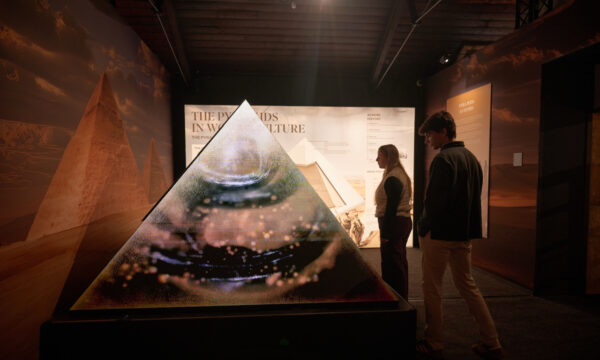
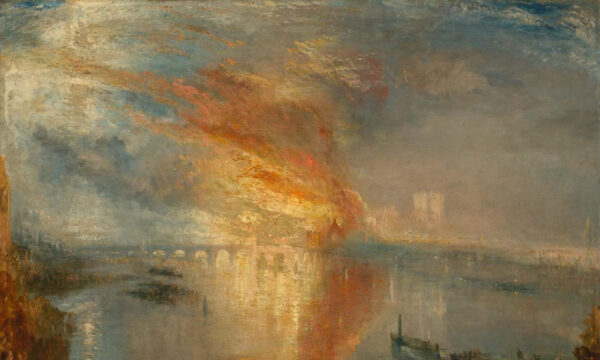
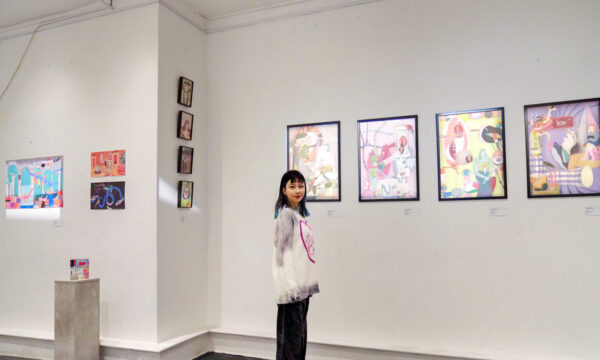
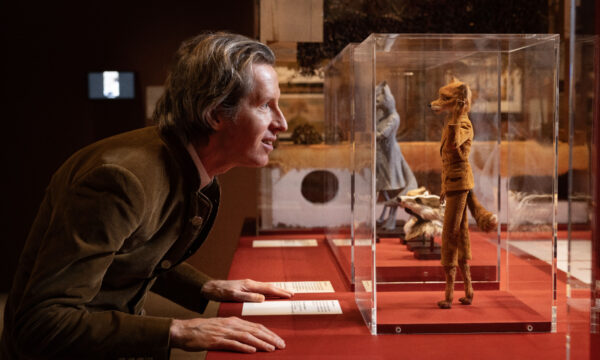
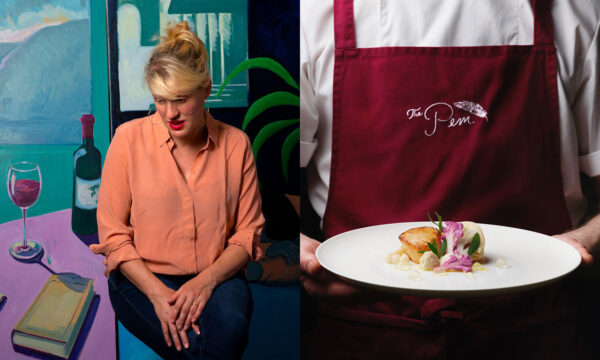
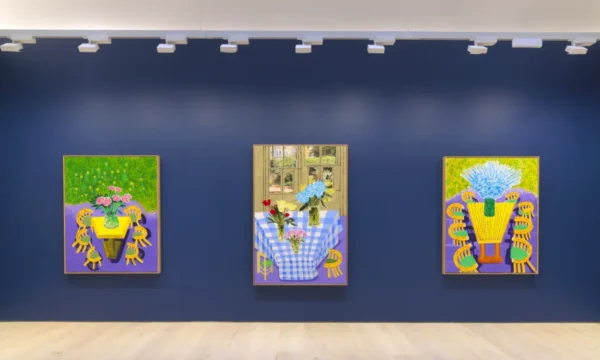
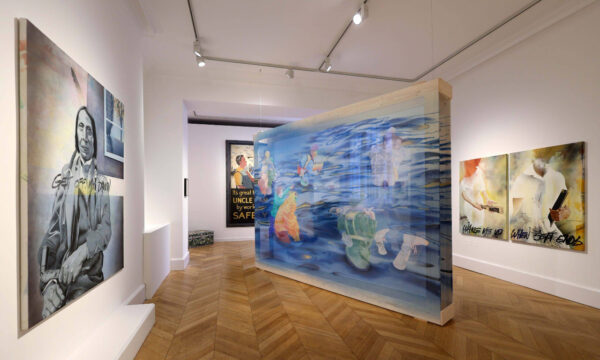
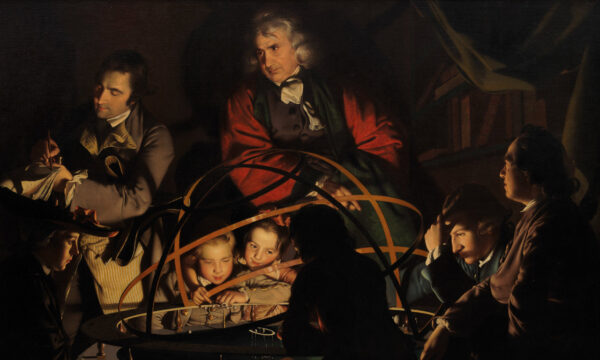
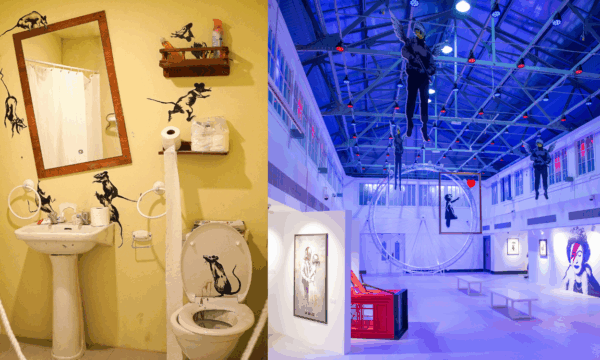
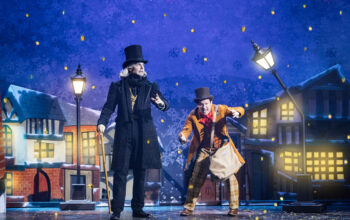

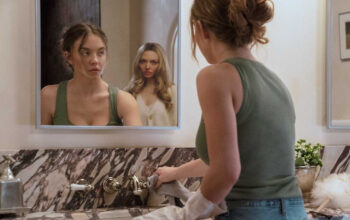



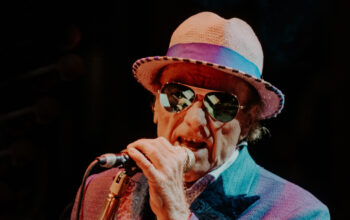

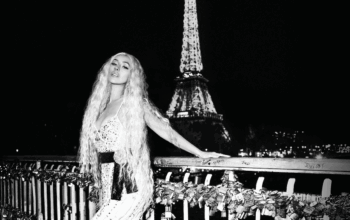



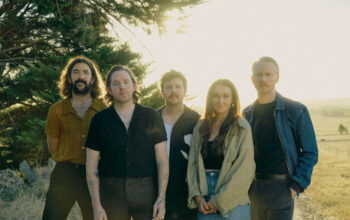
Facebook
Twitter
Instagram
YouTube
RSS